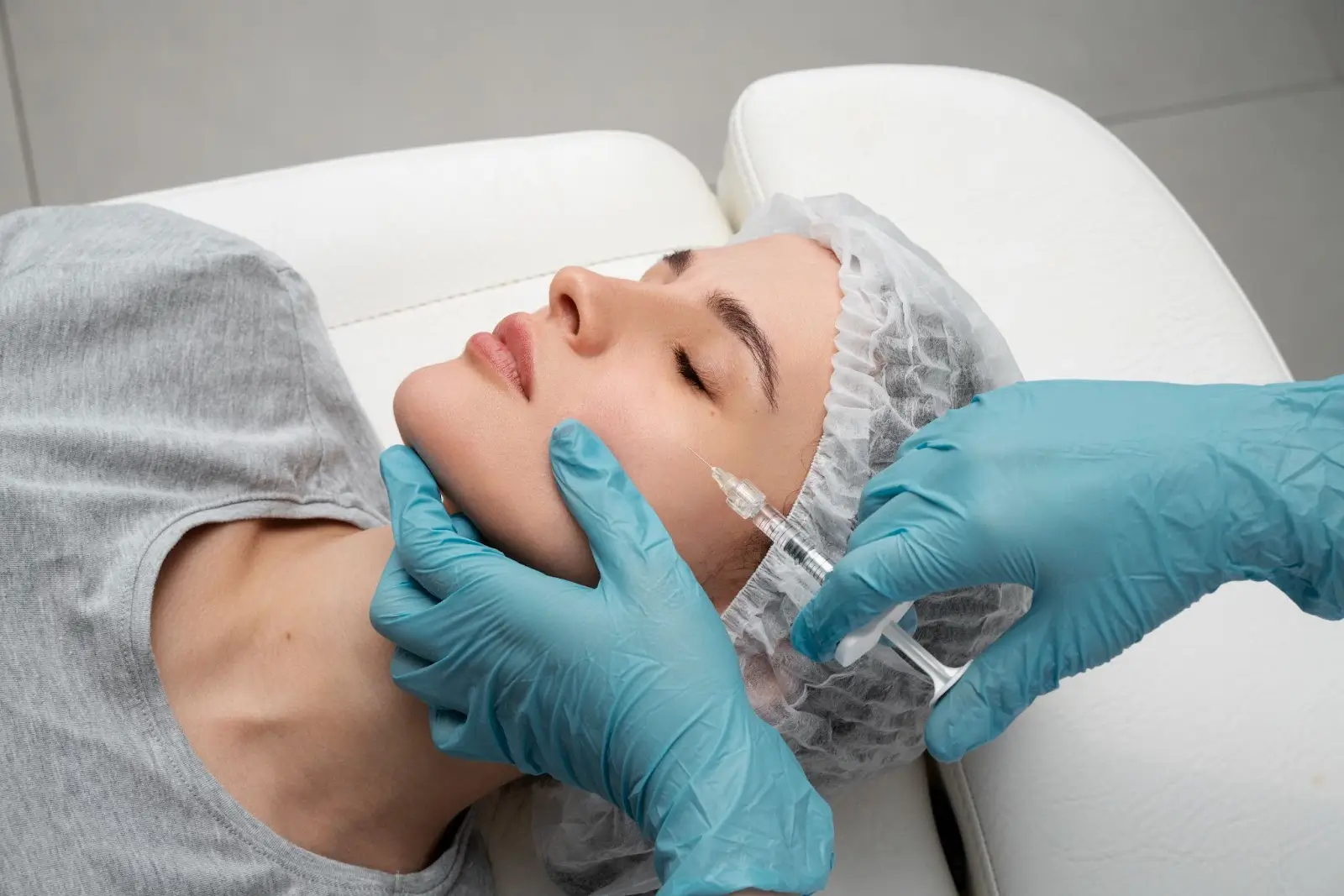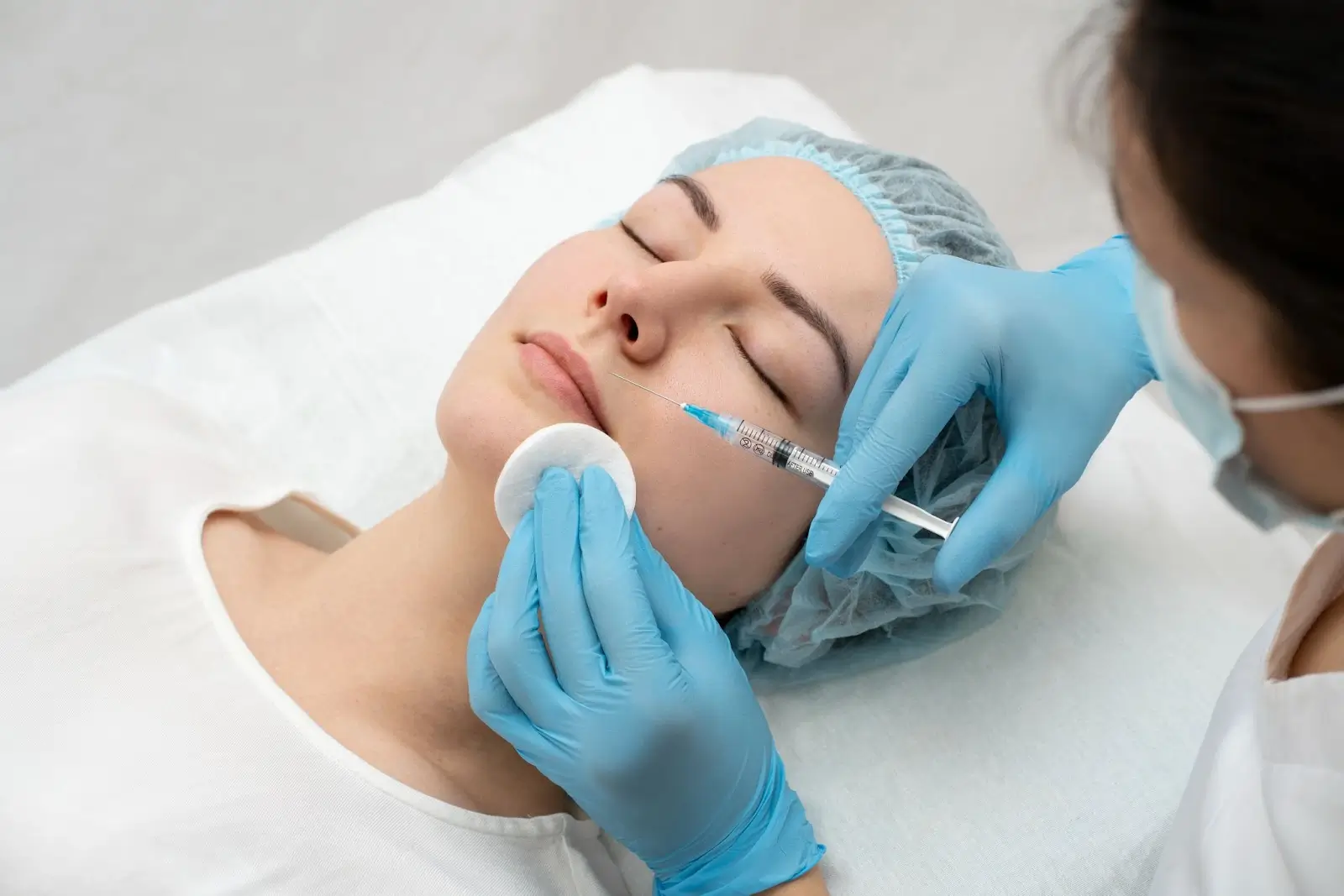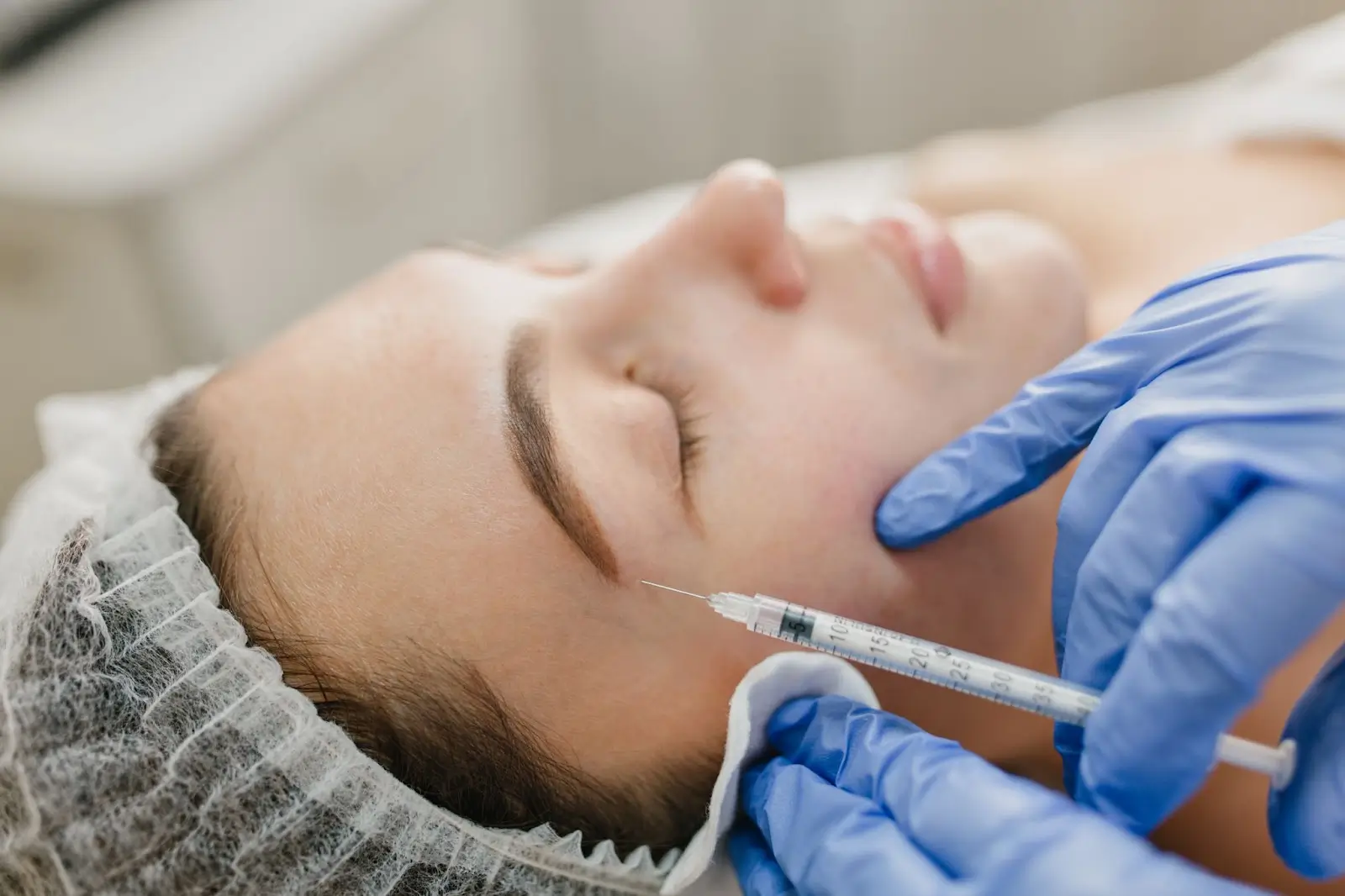
Proper dilution and reconstitution are more than just routine steps—they are the foundation of safe, precise, and effective aesthetic treatments involving botulinum toxin type A. When it comes to products like Meditoxin, strict adherence to standardized preparation protocols is critical to achieving consistent results and maximizing patient satisfaction.
Meditoxin, developed by Medytox Inc., has become a trusted choice in both cosmetic enhancements and therapeutic interventions. However, its full potential can only be realized through accurate mixing techniques, especially when used in delicate facial regions where precision is paramount. Missteps in dilution or reconstitution can lead to inconsistent dosing, diffusion beyond target muscles, or diminished efficacy.
In this article, you’ll find a comprehensive Meditoxin dilution and reconstitution chart, clear step-by-step guidelines for preparation, and expert tips to optimize injection outcomes.
Key Takeaways
- Meditoxin comes in vials of 50, 100, and 200 units, which must be diluted with sterile saline. The concentration of the solution depends on the volume of saline used and should be adjusted based on the treatment area.
- The ability to adjust the dilution allows for precise dosing in various treatment zones, such as fine lines, crow’s feet, masseter muscles, and platysma bands.
- Different muscle groups require different concentrations to achieve the desired results without compromising safety.
- Following proper aseptic techniques and ensuring the correct saline volume is used is critical for the effectiveness and safety of Meditoxin. Practitioners must also ensure sterility and document the vial details for safety compliance.
- Over-dilution, shaking the vial, and improper storage can compromise the efficacy of the product. Adhering to the recommended reconstitution steps helps avoid these common pitfalls and ensures an accurate and effective treatment.
- By tailoring the dilution for each anatomical area, practitioners can deliver the most effective and safe results, achieving natural-looking outcomes while minimizing the risk of side effects.
- Adjusting Meditoxin’s concentration based on the treatment zone allows practitioners to provide personalized care, ensuring the best possible outcomes for patients, from cosmetic treatments to therapeutic applications.
- Meditoxin’s ability to target both cosmetic and medical indications—ranging from fine lines to masseter reduction—makes it a valuable tool in a practitioner’s repertoire, offering affordable and predictable results.
About: Doctor Medica is your trusted supplier of top-quality dermal fillers, viscosupplements, and more for your medical practice. We offer genuine products from leading brands at the lowest prices in the market. If you’re looking to order Meditoxin online for your practice preparation method, you can do so today.
Meditoxin Standard Dilution Volumes & Units

Meditoxin is available in vials of 50, 100, and 200 units. The units must be diluted with sterile saline (commonly 0.9% sodium chloride) before injection. The amount of saline used in dilution directly determines the final concentration of botulinum toxin per milliliter, which impacts dose precision and the subsequent diffusion characteristics of the toxin.
| Vial Size | Saline Volume | Resulting Concentration | Recommended Use |
| 50 units | 1–2 mL | 25–50 U/mL | Fine lines: forehead, crow’s feet, frown lines |
| 100 units | 2.5–4 mL | 25–40 U/mL | Moderate lines, eyebrow lift, chin dimpling |
| 200 units | 4–5 mL | 40–50 U/mL | Masseter, platysma, and medical indications |
A more concentrated solution (less saline) is typically used for deeper, larger muscles, while a more diluted version (more saline) is chosen for fine, precise control over superficial injections.
Meditoxin: Taking into account Protocol, Technique & Sterility Tips

Proper reconstitution of Meditoxin is critical to ensuring both safety and efficacy during treatment. Whether used for cosmetic or therapeutic purposes, the reconstitution process directly affects product performance, stability, and patient outcomes. Errors in preparation can lead to compromised potency, contamination risks, or inaccurate dosing.
To ensure the best results, practitioners should follow these steps meticulously:
- Sanitize All Components: Always disinfect vial stoppers, saline ampoules, and syringe hubs with 70% isopropyl alcohol. Let them dry before proceeding to ensure maximum sterilization.
- Draw Sterile Saline: Use a 1 mL or 3 mL low dead-space syringe to draw the correct volume of 0.9% sodium chloride, depending on the desired final concentration. Accurate measurement is essential for proper dosing.
- Inject Saline Into the Vial: Slowly inject saline down the inside wall of the vial, preventing bubbles or foaming, which could destabilize the neurotoxin proteins.
- Mix Gently: Avoid shaking the vial. Instead, tilt and gently swirl the vial or roll it between your palms to dissolve the lyophilized powder. Shaking can damage the toxin’s activity.
- Label the Vial: Mark the vial with the date, time, dilution ratio (e.g., 100U/2.5 mL), and your initials. This ensures traceability and proper documentation for safety audits.
- Storage: Store reconstituted vials in a medical-grade refrigerator at 2–8°C. The solution remains viable for up to 24 hours. Any unused solution must be discarded to avoid reduced potency and contamination.
By following these guidelines, practitioners ensure the integrity of the Meditoxin product, leading to safe and predictable outcomes. Proper handling minimizes risks like product contamination and treatment failure.
Meditoxin Concentration Choices: Clinical Use Cases
Different facial and body areas respond to botulinum toxin in unique ways, depending on muscle size, movement, and the treatment goals. Meditoxin’s ability to be diluted allows practitioners to tailor the concentration and volume for precise clinical results. Here are some common clinical use cases:
Glabella and Forehead Lines
For treating dynamic lines like frown lines (glabella) or forehead wrinkles, use 50–75 units diluted in 1.5–2 mL of saline. This results in a concentration of 25–37.5 U/mL, providing controlled muscle reduction without making the expression too stiff.
This moderately concentrated formula is ideal for treating subtle wrinkles while preserving the natural expressiveness of the patient.
Crow’s Feet
To treat the delicate eye area, dilute 50 units in 2 mL of saline, yielding a 25 U/mL solution. This concentration is suitable for treating the thin orbicularis oculi muscle, allowing for gentle diffusion and minimizing the risk of side effects such as eyelid ptosis.
This dilution helps reduce smile lines around the eyes while keeping natural movement.
Masseter Muscle (Jaw Slimming or Bruxism)
For treating larger muscles, such as the masseter, which require deeper injections, reconstitute 100 to 200 units with 4–5 mL of saline. This results in a concentration of 20–40 U/mL, ideal for jaw slimming or relieving teeth grinding.
The masseter muscle needs a higher dose for effective treatment and longer-lasting results, typically visible 4–6 weeks after injection.
Platysmal Bands and Neck Rejuvenation
To smooth out vertical neck bands, dilute 100 units in 3 mL of saline to achieve a concentration of about 33 U/mL. This strikes the right balance for targeting the platysma muscle, which is thin and long, ensuring localized action without unintended diffusion into deeper structures like the vocal muscles.
Meditoxin Common Pitfalls and Best Practices
While Meditoxin is praised for its ease of preparation, improper dilution or handling can lead to suboptimal outcomes. Common mistakes include over-dilution, which weakens the therapeutic effect and increases the risk of diffusion to adjacent muscles, and shaking the vial, which can denature the delicate neurotoxin proteins.
Contamination is also a significant risk. Always follow standard aseptic techniques, including using sterile gloves, new needles, and disinfected surfaces. Moreover, improper storage, such as leaving reconstituted vials at room temperature for extended periods, can compromise efficacy.
For insights, practitioners often consult the Meditoxin Botox reviews, as these can provide valuable feedback regarding the product’s performance in real-life settings. Keep a clear dilution chart nearby to ensure accurate measurements, verify volumes before injection, and always document the batch number and expiry date after reconstitution.
Conclusion
Proper dilution and reconstitution of Meditoxin are critical steps for achieving safe and effective aesthetic outcomes. By selecting the appropriate concentration for each treatment area and adhering to strict sterile protocols, practitioners can minimize risks and provide the best results for their patients. The ability to customize the dilution based on patient needs ensures that Meditoxin remains a versatile and cost-effective choice for botulinum toxin treatments.
As with any injectable treatment, following these best practices and monitoring for any adverse effects ensures that Meditoxin provides predictable, reliable results with minimal risk of complications.
FAQs
1. What is the ideal dilution for treating glabellar lines?
A standard protocol uses 50 units of Meditoxin diluted in 1.5 mL saline, yielding 33 U/mL. Inject 3–4 U per site across five points.
2. How long does reconstituted Meditoxin last?
It should be used within 24 hours after dilution. Store the vial in a refrigerator (2–8 °C) and discard after that period.
3. Can I use the same dilution ratios as Botox?
Yes. Meditoxin has a similar potency to Botox, and most clinicians use equivalent dilution ratios for both, adjusting the dose according to each case.
4. What happens if Meditoxin is shaken during mixing?
Shaking can denature the active toxin, resulting in reduced clinical efficacy. Always mix gently by swirling or tilting the vial.
References
Ayoub N. Botulinum Toxin therapy: A Comprehensive review on clinical and pharmacological insights. Journal of Clinical Medicine. 2025;14(6):2021. doi:10.3390/jcm14062021
Rapp DE, Lucioni A, Bales GT. Botulinum toxin injection: a review of injection principles and protocols. International Braz J Urol. 2007;33(2):132-141. doi:10.1590/s1677-55382007000200002
Pickett A, Nestor M, Ablon G. Key parameters for the use of abobotulinumtoxinA in aesthetics: onset and duration. Aesthet Surg J. 2017;37(suppl_1):S20–S31. doi:10.1093/asj/sjw282.
Related Articles
Joanna Carr
Innotox Dosage Chart
Explore the official Innotox dosage guidelines, including recommended units for different treatment areas. Find safe, effective dosing information for...
Joanna Carr
Belotero for Lip Injections: Why It Stands Out
Know why Belotero stands out in the realm of lip enhancement, focusing on its natural-looking results and versatility. Click here and know more!
Joanna Carr
Botox In Dentistry: What Are The Benefits Of Botox Injections
Interested to learn more about What The Benefits Are of Botox Use In Dentistry? Browse Doctor Medica's comprehensive listing of blog posts.


